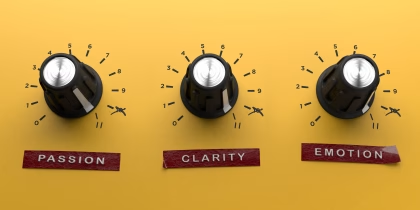Prosody is crucial for resolving phrasal ambiguities. Recent research suggests that gestures can enhance this process, which may be especially useful for children with Developmental Language Disorder (DLD), who have impaired structural language. This study investigates how children with DLD use prosodic and gestural cues to interpret phrasal ambiguities. Catalan-speaking children with and without DLD heard sentences with two possible interpretations, a high (less common) and low (more common) attachment interpretation of the verb clause. Sentences were presented in three conditions: baseline (no cues to high-attachment interpretation), prosody-only (prosodic cues to high-attachment interpretation), and multimodal (prosodic and gestural cues to high-attachment interpretation). Offline target selection and online gaze patterns were analysed across linguistic (DLD vs. TD) and age groups (5–7 vs. 8–10 years old) to see if multimodal cues facilitate the processing of the less frequent high-attachment interpretation. The offline results revealed that prosodic cues influenced all children’s comprehension of phrasal structures and that gestures provided no benefit beyond prosody. Online data showed that children with DLD struggled to integrate visual information. Our findings underscore that children with DLD can rely on prosodic cues to support sentence comprehension and highlight the importance of integrating multimodal cues in linguistic interactions.
Related Posts
-

Your Menu Is Your Most Powerful Marketing Asset
Consumer Insights
-

Measuring Pain: Advancing The Understanding Of Pain Measurement Through Multimodal Assessment
Ergonomics
-

Feeling at Home: How to Design a Space Where the Brain can Relax
Ergonomics
-

Why Dial Testing Alone Isn’t Enough in Media Testing – How to Build on It for Better Results
Consumer Insights



